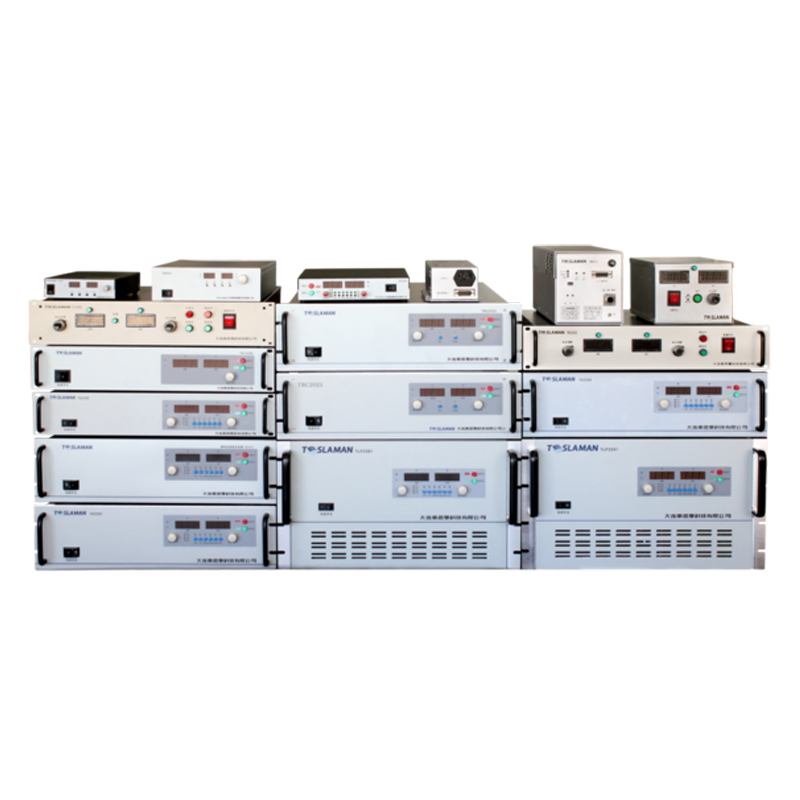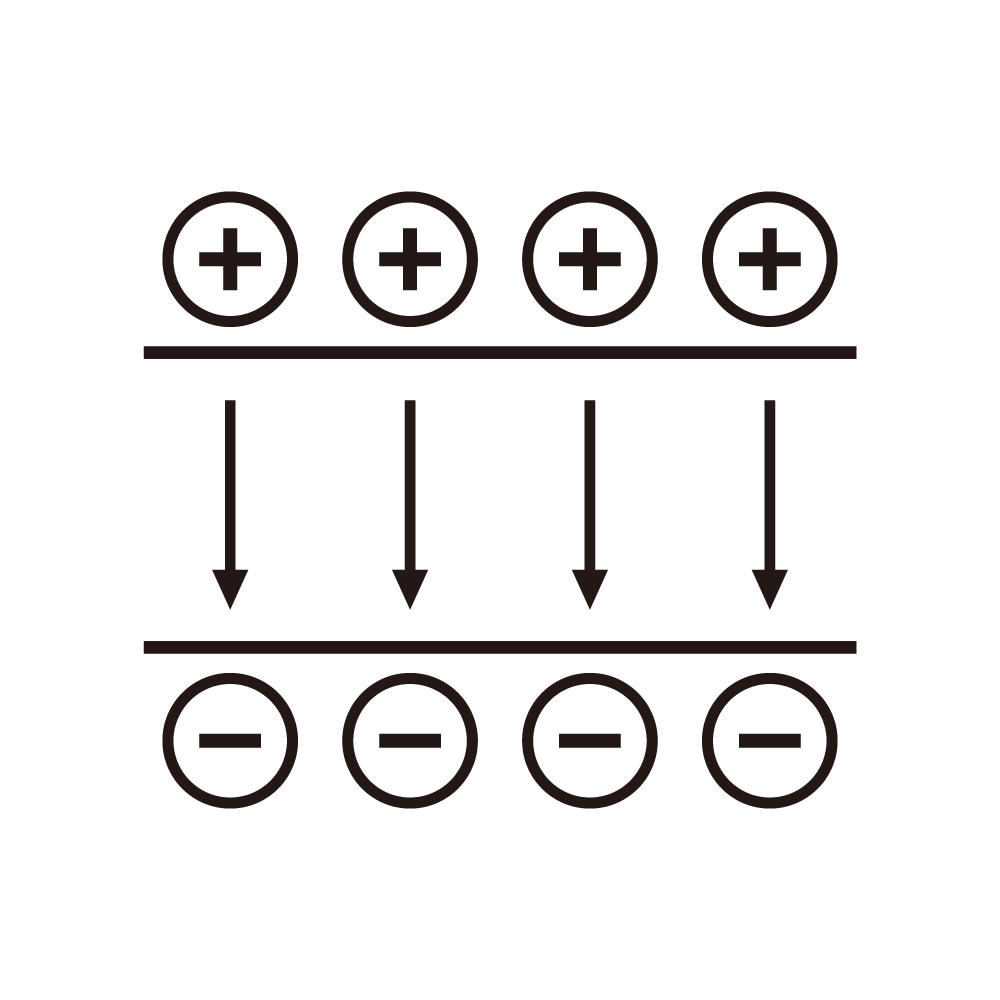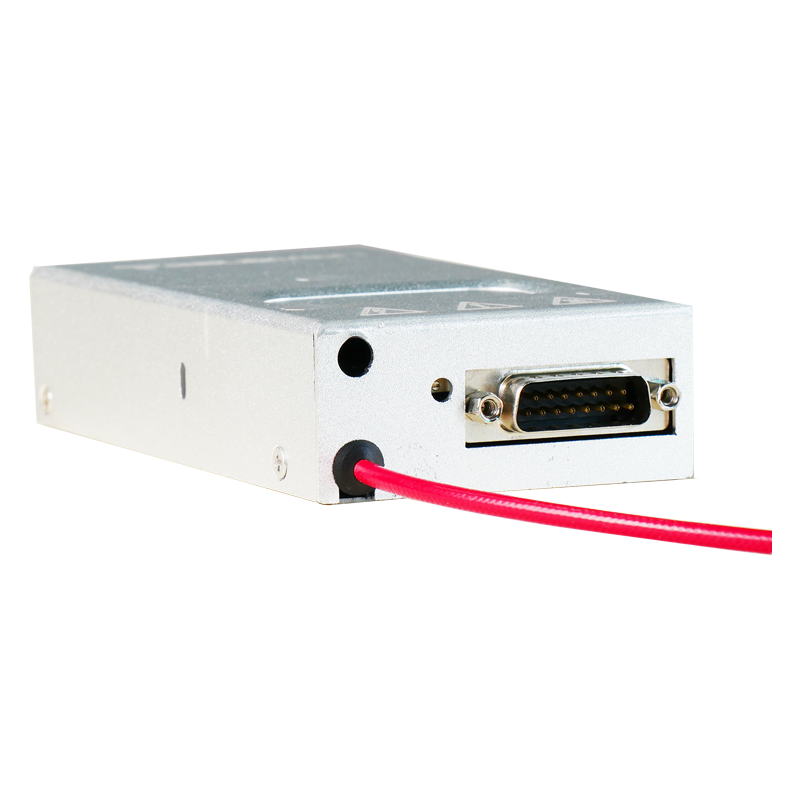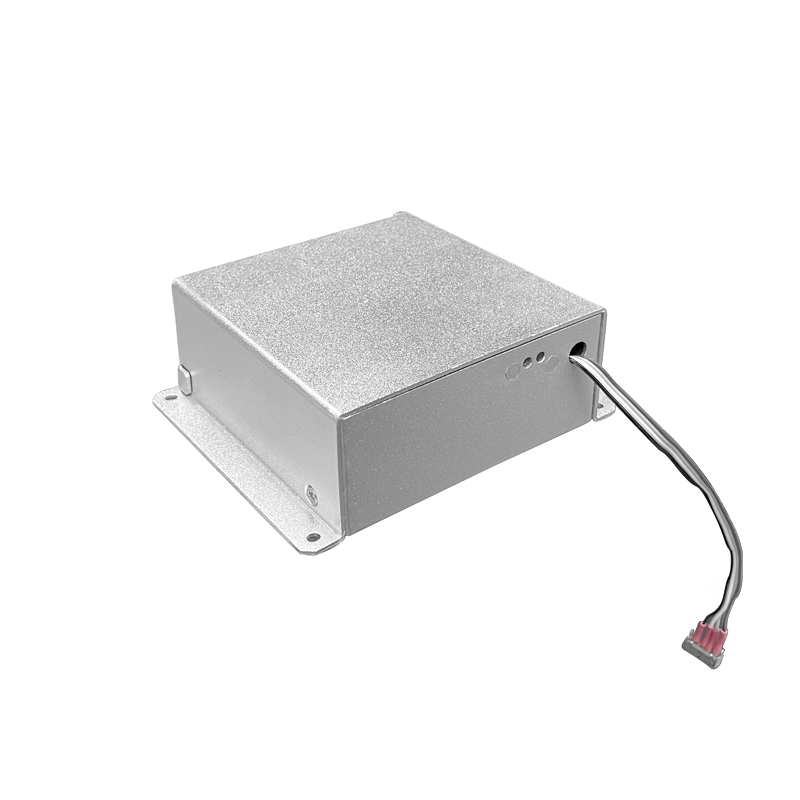Redundant Backup Design for High-Voltage Power Supplies in Power Feeding Equipment (PFE)
Power Feeding Equipment (PFE) serves as a critical component in ensuring uninterrupted power transmission in sectors like data centers, industrial power grids, and telecommunications. The high-voltage power supply (HVPS) within PFE is the core energy provider, and any downtime can lead to massive economic losses or even system collapses. Thus, redundant backup design becomes indispensable to enhance reliability.
The redundant backup system for PFE HVPS typically adopts an N+1 or 2N architecture. In the N+1 configuration, one additional HVPS unit is deployed beyond the number of units required for normal load operation. This design ensures that if any single unit fails, the backup unit can immediately take over without interrupting power supply. For scenarios with stricter reliability demands, such as nuclear power auxiliary systems, the 2N architecture is preferred, where two independent HVPS systems operate in parallel, each capable of carrying the full load.
Key design considerations include load balancing and fast fault detection. Load balancing algorithms distribute the total load evenly across all active HVPS units, preventing overloading of individual units and extending their service life. Fault detection mechanisms, integrated with voltage, current, and temperature sensors, can identify anomalies within 10ms. Once a fault is detected, the system triggers a seamless switch to the backup unit via a solid-state relay (SSR), minimizing voltage fluctuations to less than ±0.5%.
Experimental verification shows that the N+1 redundant HVPS for PFE achieves a Mean Time Between Failures (MTBF) of over 1.2 million hours, which is 3 times higher than that of non-redundant systems. In practical applications, this design has effectively reduced PFE downtime by 98% in a 5G base station power system test.




















